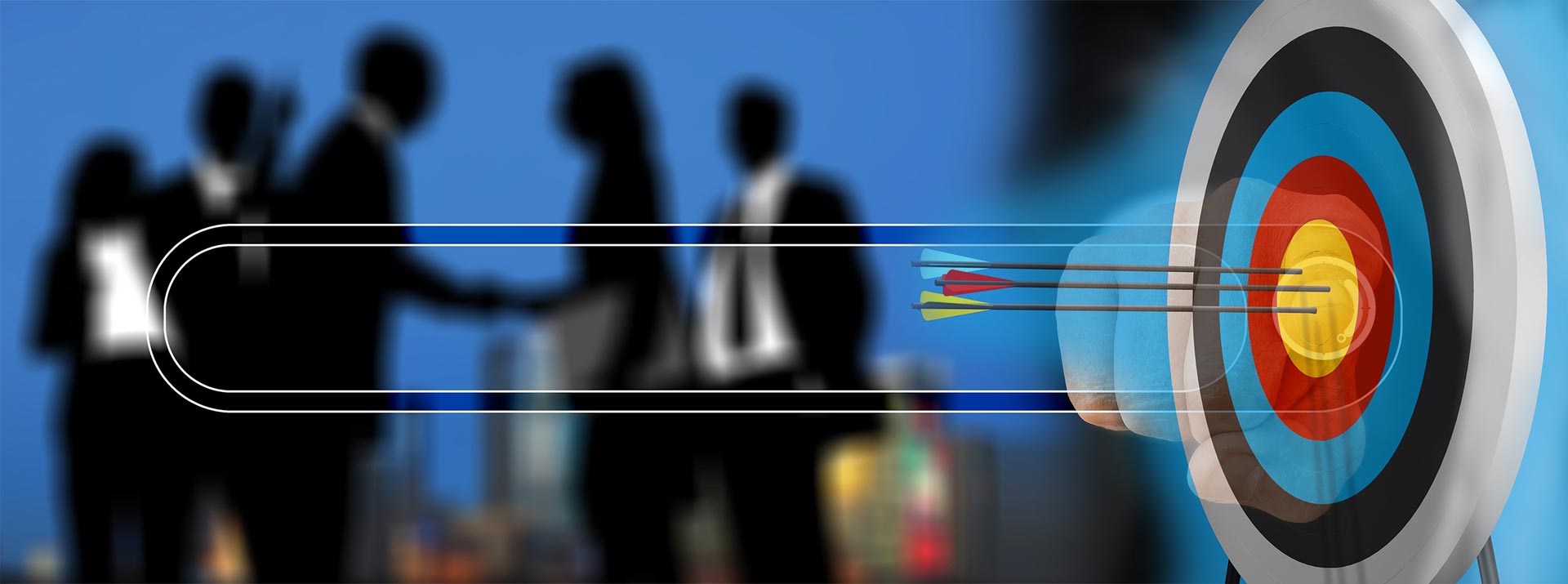
Installers’ turnover is growing. Themes such as care, aging, energy and sustainability ensure positive expectations for the future. Various developments are forcing the installer to make more often strategic choices.
Building owners increasingly outsource management and maintenance. This is because they want to focus on core tasks and because buildings are becoming more and more complex. As a result, they increasingly play a coordinating role. So, they are increasingly looking for strategic partners who think proactively.
Clients will no longer pay for the installation alone but want to “run” comfortably and efficiently for years. This creates new revenue models, such as performance and lease contracts. In those contracts, the risks shift to the installer. This will be settled less and less on hour invoicing. He will increasingly have to come up with smart models within the agreed price about what is necessary to deliver the agreed performance. This forces installers to think differently. Assembly hours are no longer income but become costs that one intends to keep as low as possible.
Manufacturers are playing an increasingly dominant role in the management and maintenance of installations. This can be at the expense of the traditionally thinking installer. Manufacturers are entering into a contract with the customer earlier in the process, including for management and maintenance. The intervention of the installer is thus often side-lined. Customer experience is crucial for installers, as they still visit the customer every day. But if customers no longer have any ties with the installer, that competitive advantage will also quickly disappear.
Fifty percent of technical companies expect a shortage of technically trained personnel in the coming years. Many people retire due to an aging population. And little new ‘young fresh blood’ fills these empty jobs. Therefore, capacity should be used as effectively as possible. In other words, every hour made must be a “bull’s eye”.
The installer will therefore have to proactively respond to the needs of the customer and act as a strategic partner who thinks and takes responsibility for the performance of the installations. He is therefore growing from an effort-driven revenue model to a performance-driven revenue model and this in the most efficient way with the least possible waste, people and resources. An effective and real challenge!




